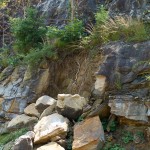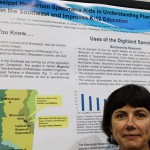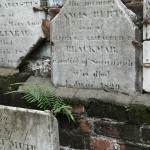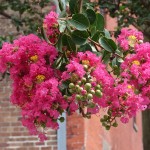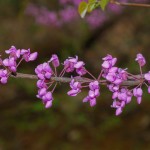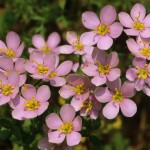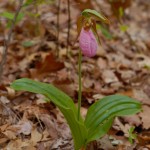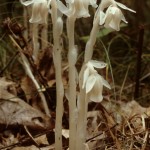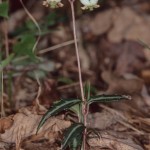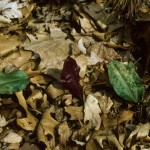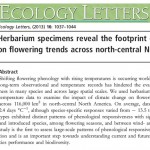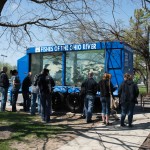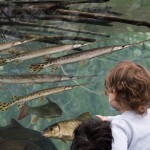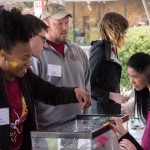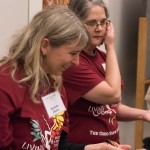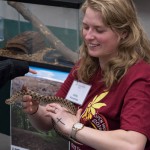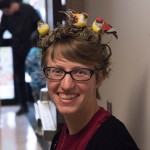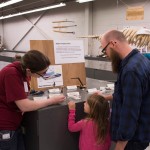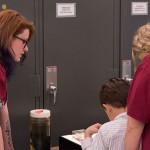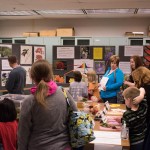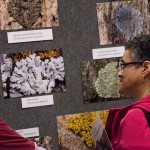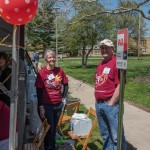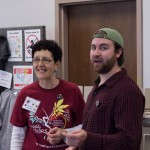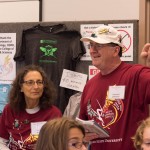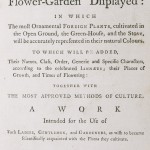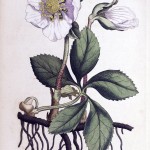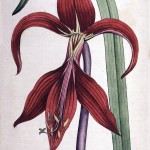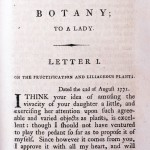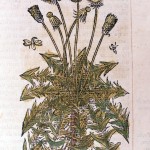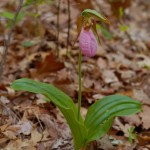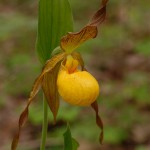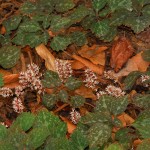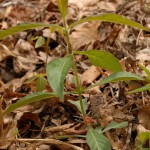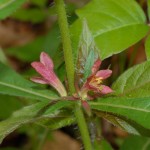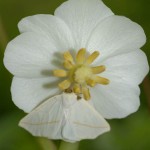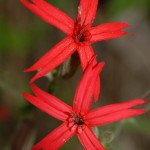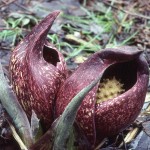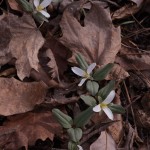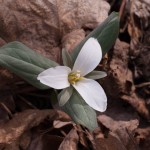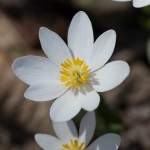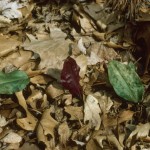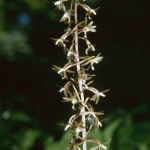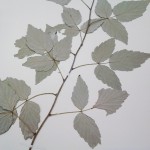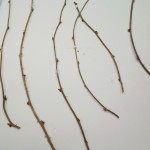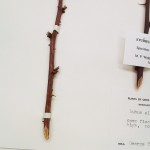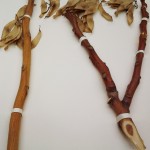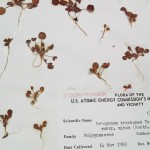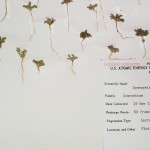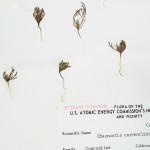Mid-spring through mid-summer is a good time to see our native orchids in flower here in Ohio. One of the showiest groups is the Lady’s Slippers, which have a distinctive pouch-shaped lip. We have four species of Lady’s Slippers (Cypripedium) in Ohio and one of the more frequent ones is the Yellow Lady’s Slipper (C. parviflorum). There are two varieties of this species – Large and Small. The Large (var. pubescens) tends to be a plant of rich woods in more upland situations, while the Small (var. parviflorum) is a plant of wet and often more open situations. In addition, there are floral differences, including overall flower size and coloration of petals. In many places they are quite distinct, but in others there seem to be intermediates, which is the main reason that they are not called distinct species.
The Small Yellow is the less common one in Ohio, given that there are fewer instances of its habitat than for the Large. One place that the Small occurs is Cedar Bog in Champaign County. Cedar Bog is really less of a “bog” and more of a “fen” or swamp, because it is not a lake that has been filled in with Sphagnum moss, creating an acidic habitat, but is rather an alkaline wetland that has water flowing through it. Cedar Bog is owned by the Ohio History Connection and the Ohio Department of Natural Resources.
Unfortunately, the numbers of Small Yellow Lady’s Slippers at Cedar Bog have been declining recently, so the preserve managers wanted to have the flowers hand-pollinated to increase the changes of seed set, rather than depending on bees to do the job. They called on me as an orchid specialist to perform the pollination, since orchids have a rather specialized floral morphology. Two weeks ago my colleague, Richard Gardner, from the ODNR Division of Natural Areas and Preserves, picked me up and we headed out to Cedar Bog. Once there, we put on rubber boots because we needed to hike off the boardwalk to the orchids. We made our way to the plants, which had been surrounded by plastic fencing to keep the deer from browsing them. We opened the enclosures and I set to pollinating, removing the pollen masses (pollinia) from one plant with forceps and transferring them to another. There were only five stems up this year, and only three of those were in flower, so each pollinium was fairly precious. I did my best, but we won’t know for a few weeks if the pollination was successful – hopefully we will soon see capsules beginning to swell that will be filled with mature seeds by the end of the summer.
You can learn more about Cedar Bog at this website.
About the Author: Dr. John Freudenstein is Director of the OSU Herbarium and Professor of EEOB. Photographs by Richard Gardner.


